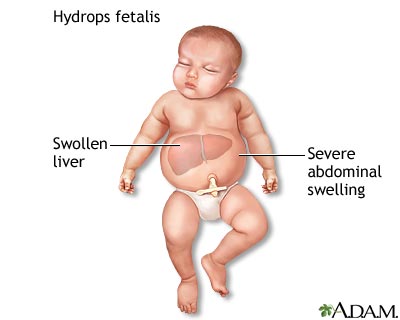It is impossible to get a credible stakeholder side of this argument from the pro Rhino horn market. I had to choose this article because it was the only one with some facts supporting Asian medicine and its use of Rhino horn.
The Author is definitely against the use of Rhino horn, but is just objective enough or has read "I Say They Say" to incorporate a bit of scientific fact about the horns use in medicine. The claim is not well stated but when you think about the article as a whole, the claim is : Yes there is a small merit to Eastern medicine's use of the Rhino horn for certain ailments, but the dosage amount to yield actual results is not practical and not practiced.
On a personal belief: The human brain is an amazing thing, it has power that we cannot harness as of now. What we do have is the placebo effect. https://en.wikipedia.org/wiki/Placebo. Our thoughts can be so powerful that we think we are better and sometimes that's all we need to become better. A lot of old medicine revolves around this. You take something so rare and unique and say it has these powers, you have to believe, at least a little, because you don't know. It then makes it's own belief and spreads and maybe if you can get some it will work, even if you know it doesn't, you worked so hard to get it or have given so much to get it, you can't just admit that it doesn't work so you say, "yes, it really works." and this just keeps perpetuating itself until the resource is wiped out.
